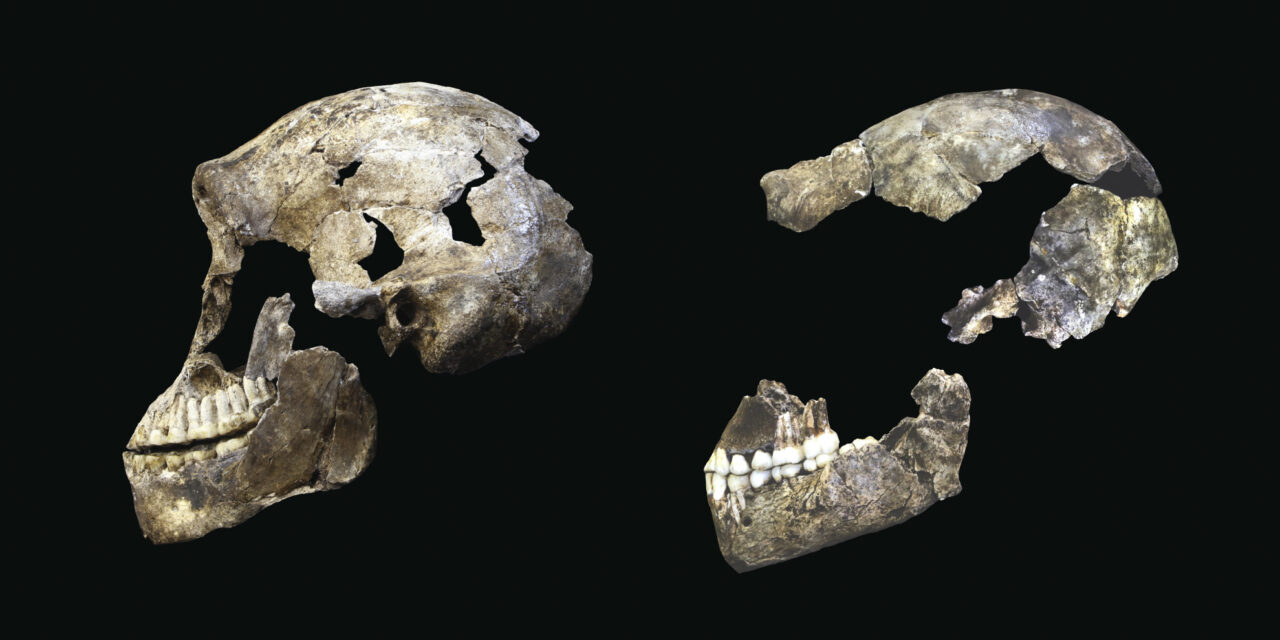New Scientist
Image: Wits University/John Hawks
It’s the cave that keeps on giving. Almost four years ago, researchers recovered 1500 ancient human bones and teeth from a rocky chamber in South Africa’s Rising Star cave system.
The team has now recovered 130 additional hominin bones and teeth from a second chamber in Rising Star. They say the discoveries – and the first official confirmation of the specimens’ age – have the potential to transform our understanding of how and where the first humans evolved.
Researchers investigating humanity’s deep evolutionary roots rarely find even fragments of hominin bones, let alone relatively complete skeletons. Many must have looked on with jealous eyes in 2013 as Lee Berger at the University of the Witwatersrand in Johannesburg, South Africa, and his colleagues pulled hundreds of bones from the Dinaledi chamber in Rising Star.
But it wasn’t just the sheer volume of material that was significant. Berger’s team quickly realised that the bones belonged to a species like none seen before. Its short body had hands and feet like a modern human, a small brain like an early human, and a pelvis and shoulders like those of an ape-like Australopithecus. In 2015 the team named it Homo naledi.
The newest find – recovered from a chamber in Rising Star now named the Lesedi Chamber – is giving us a better sense of the scope and importance of the discoveries. We now have official confirmation that the additional H. naledi remains belong to at least three individuals and in fact, many of the bones and teeth belong to a single, remarkably complete adult skeleton, dubbed Neo. “It’s one of the greatest fossil finds of the 21st century in its own right,” says Berger. Read more on newscientist.com…








